The Ropewalk
The pace of shipbuilding in the Kennebunks really took off in the very early 19th Century, so much so that local manufacturing of rope was finally justified. In the 18th century, rope for rigging vessels was shipped here from larger mercantile centers.
Ropemaker, Thomas Goodwin moved to Arundel in 1806. He purchased a strip of land from Daniel Walker upon which to build a ropewalk. That same year, Daniel Walker laid out a road from his house on Maine Street to the new ropewalk. The head house of the ropewalk was at the foot of Green Street. A 700-foot platform ran off it parallel to the Kennebunk River toward Cape Arundel. What is known today as Ocean Avenue ran only as far as Pearl Street in 1806. By the time the 1856 map was made, Ocean Ave or Water Street as it was then known, had been extended to the foot of Green St.
After the War of 1812, during which few ships were built and little rope was required, Thomas Goodwin removed to Boston. The business of manufacturing rope here at the ropewalk continued under various ropemakers.
Rope was made of hemp in those days. The spindles holding the hemp fibers were set up in the head house of the ropewalk. As a boy in the head house turned the wheel that twisted the fibers, up to 6 spinners at a time would walk backwards down the 700-foot platform, wrapped in bundles of combed hemp fibers, working them into a strand that ran through their fingers. A barrel of watered-down rum waiting for them in the head house coaxed the spinners through the grueling tedium. The twisted fibers were then dipped in tar to weatherproof them against West Indies storms. Depending on the thickness of rope desired, several tarred strands were then twisted together into rope by the power of two magnificent work horses.
Wire cable and chains were introduced for ship rigging in 1863. By then the ropewalk was owned by Thomas Maling, a rigger. His son John was a building mover. Father and son moved the head house of the ropewalk to join the rigging loft next door. Ruins of the ropewalk platform remained until 1874, when Ocean Ave was extended to Cape Arundel.
The rigging loft was eventually renovated for recreational use by the owners of The Captain Lord Mansion. The Arundel Yacht Club was organized in 1957. They leased the rigging loft from Lord descendant, Julia Buckland Fuller in 1958 and finally bought it in 1961. They turned the old building parallel to the river in 1968. The Maling rigging loft with the incorporated 1806 ropewalk head house is still in use today as the headquarters of the Arundel Yacht Club across from The Village Green.
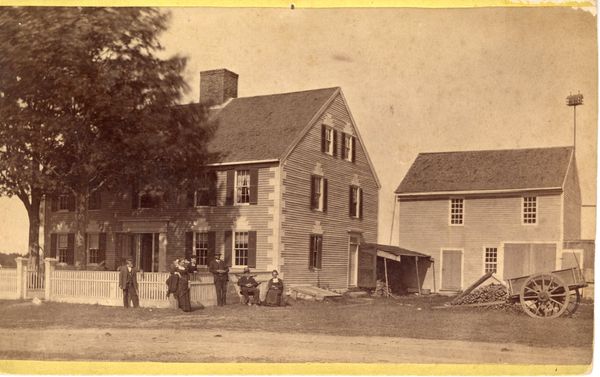

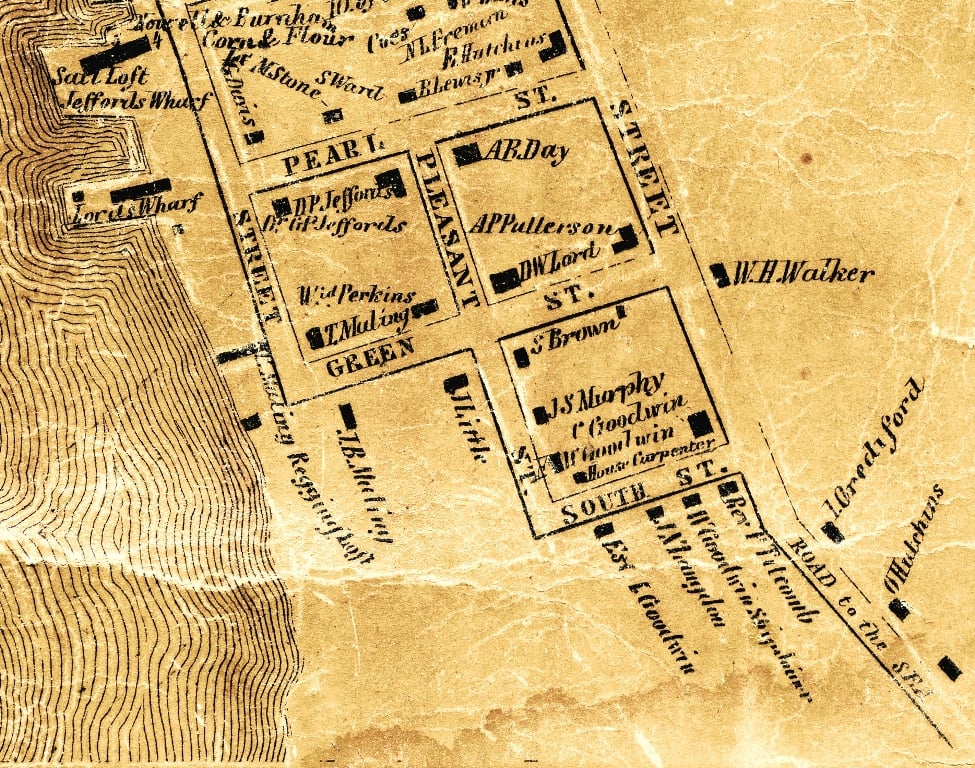
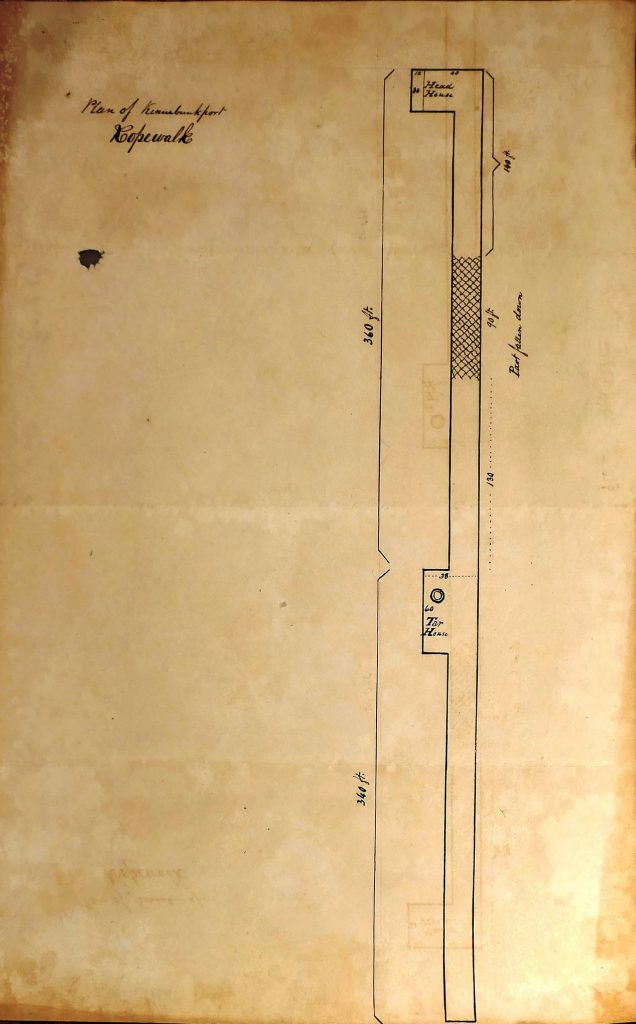
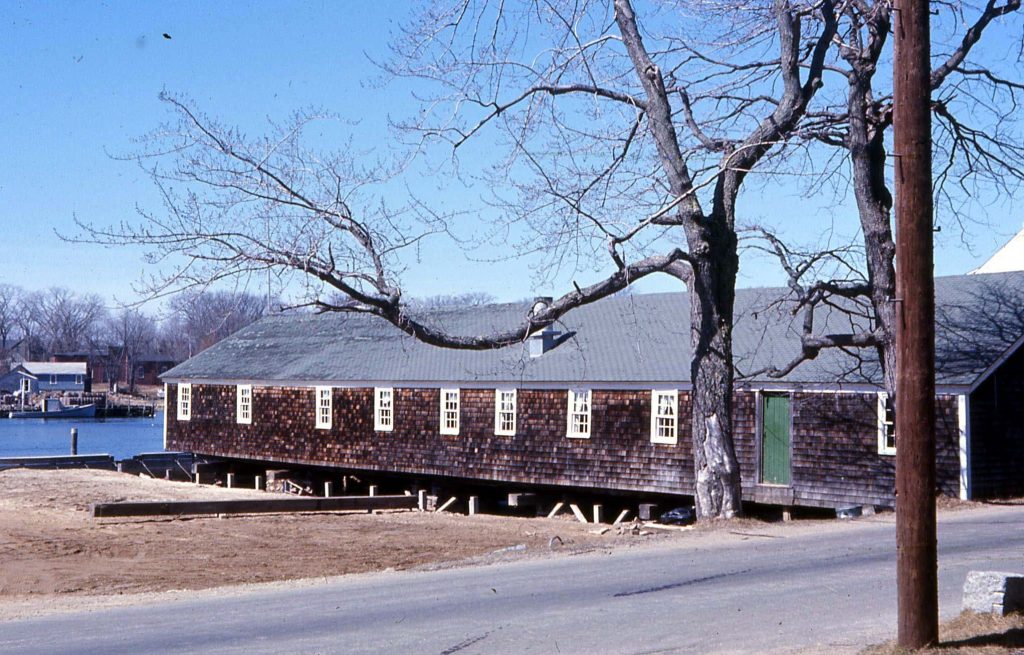
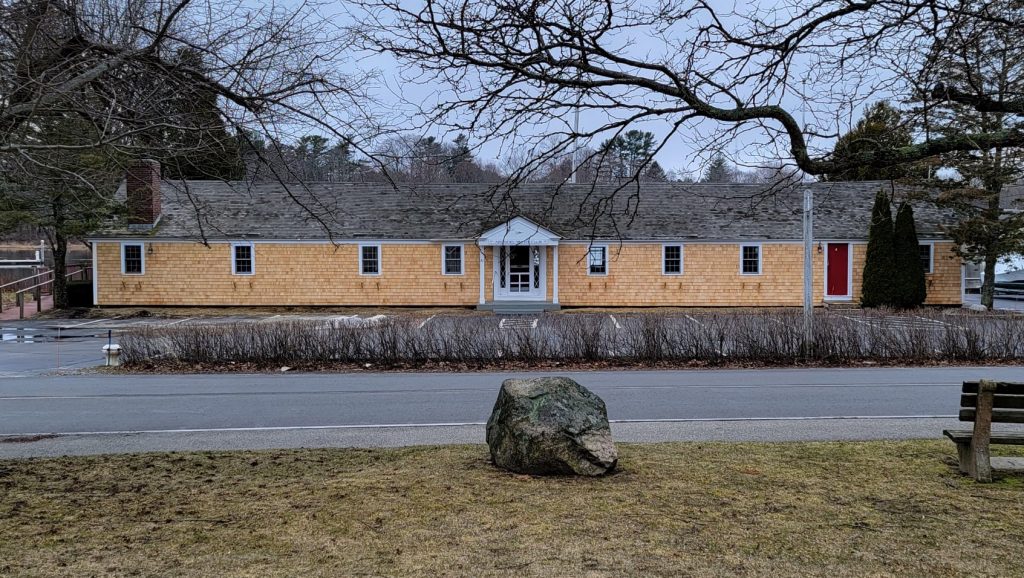


Leave a Reply